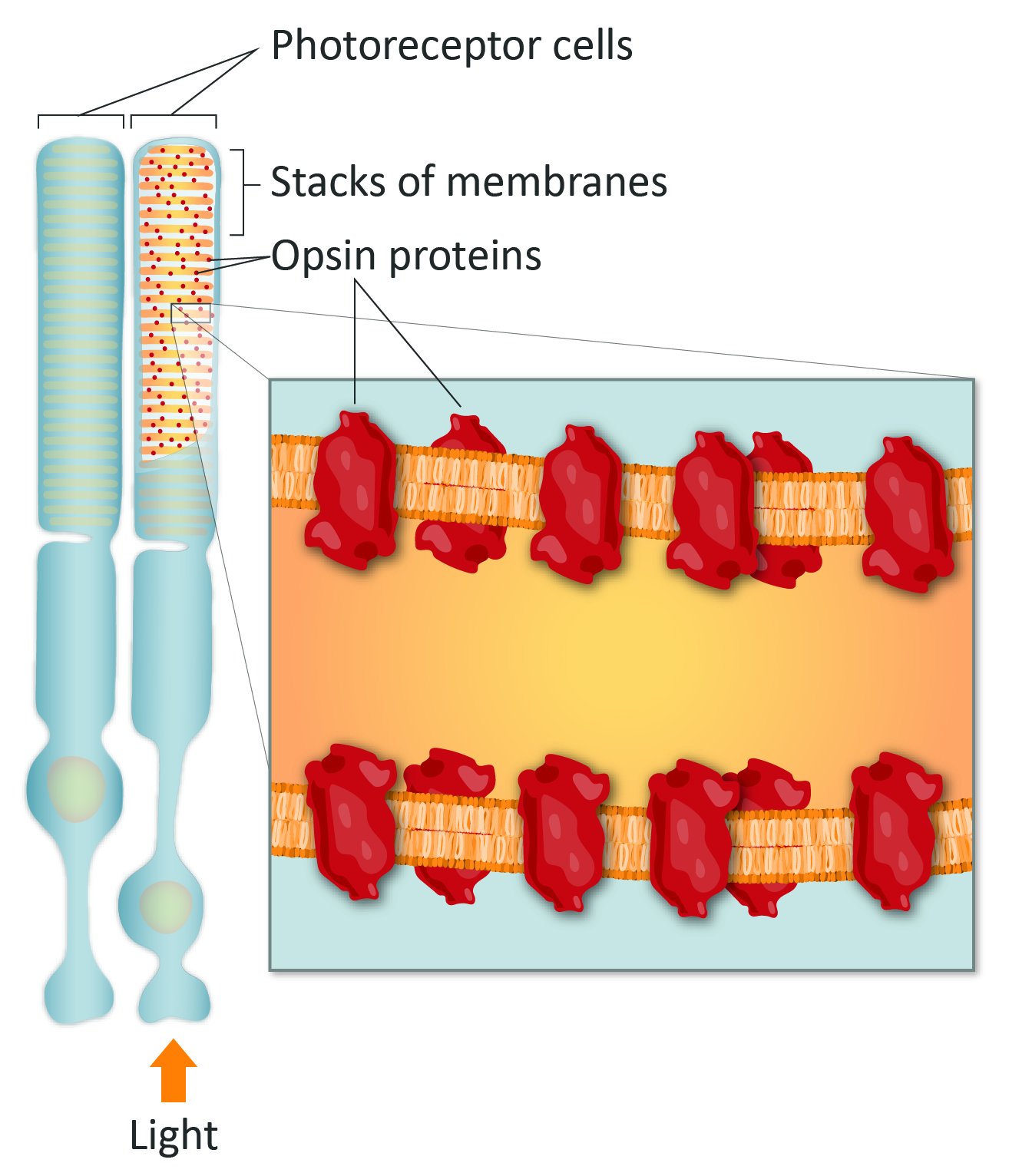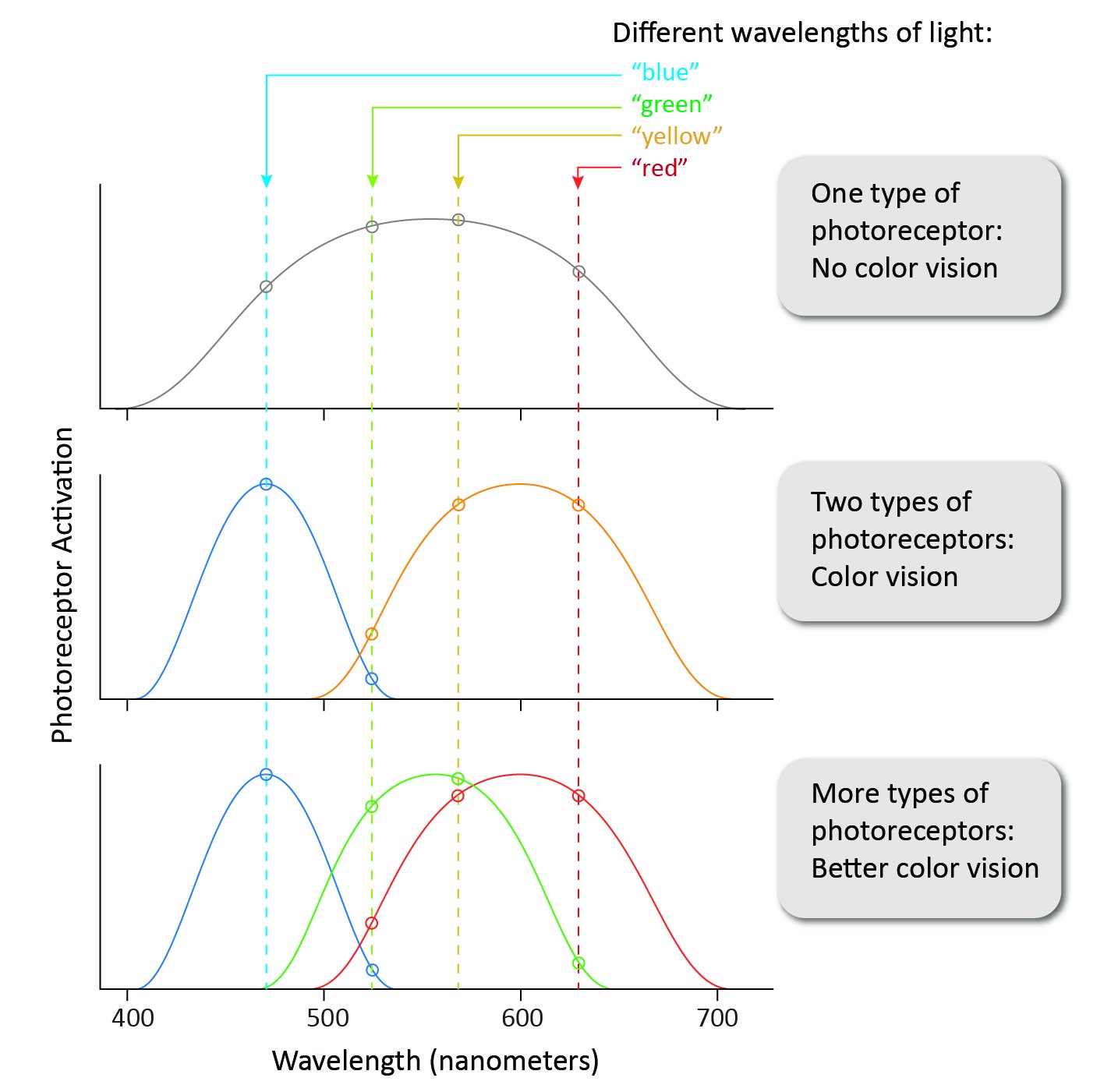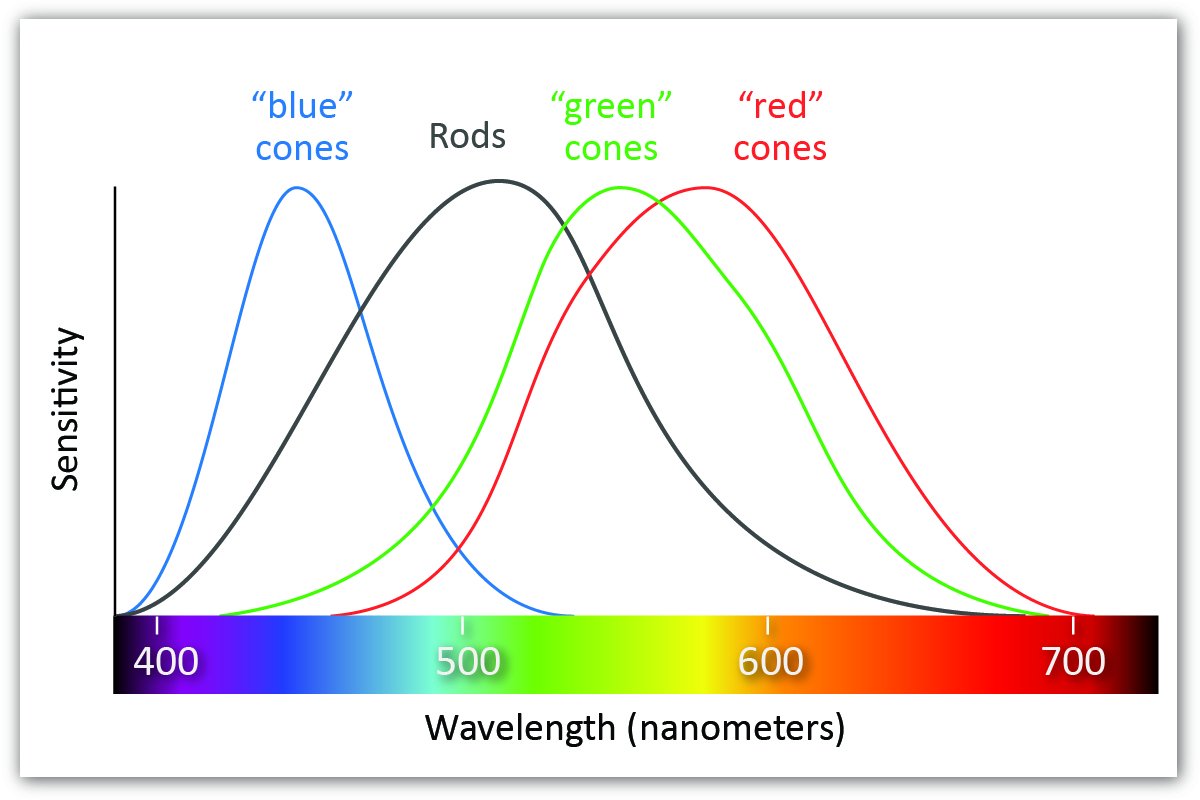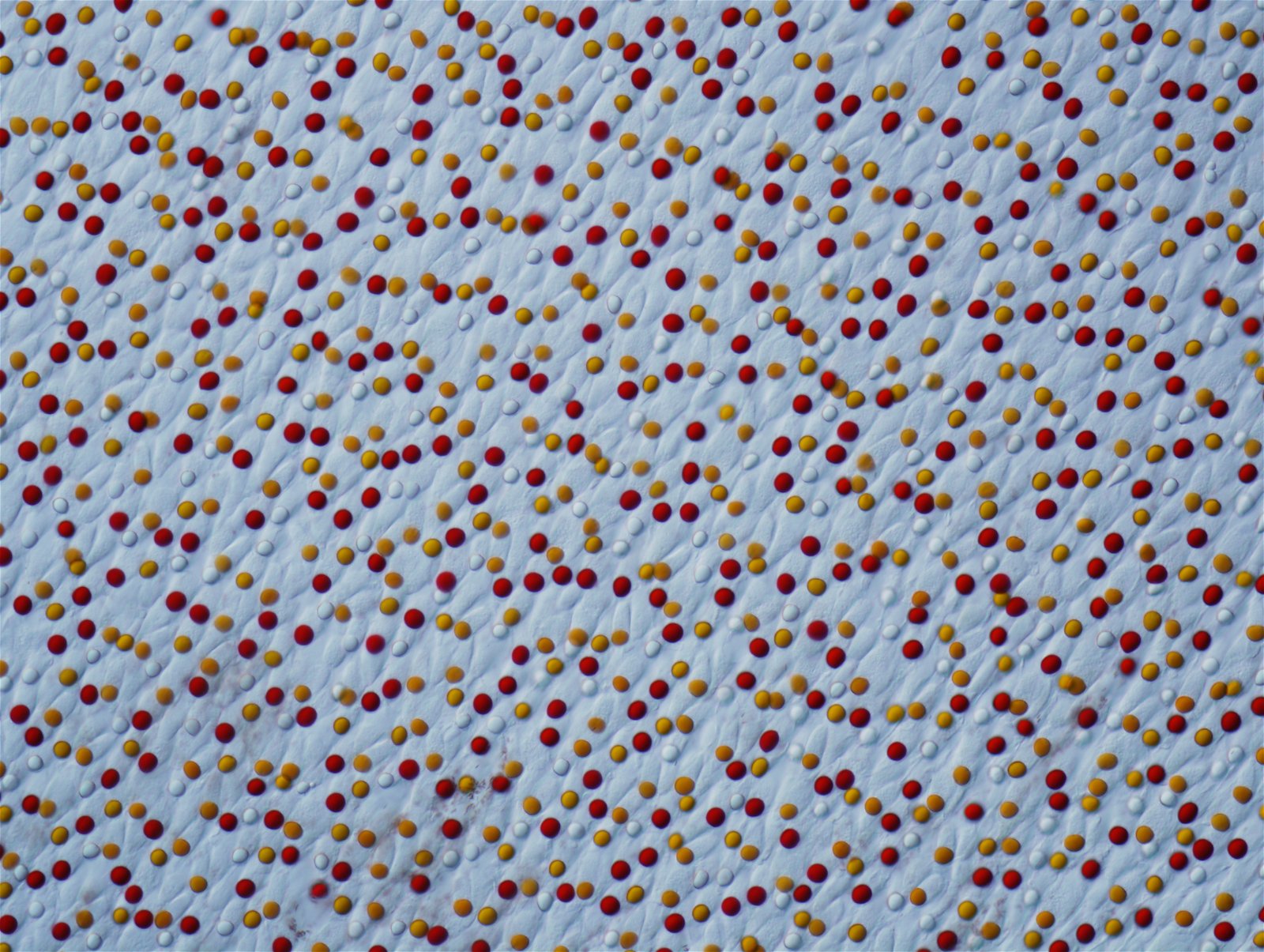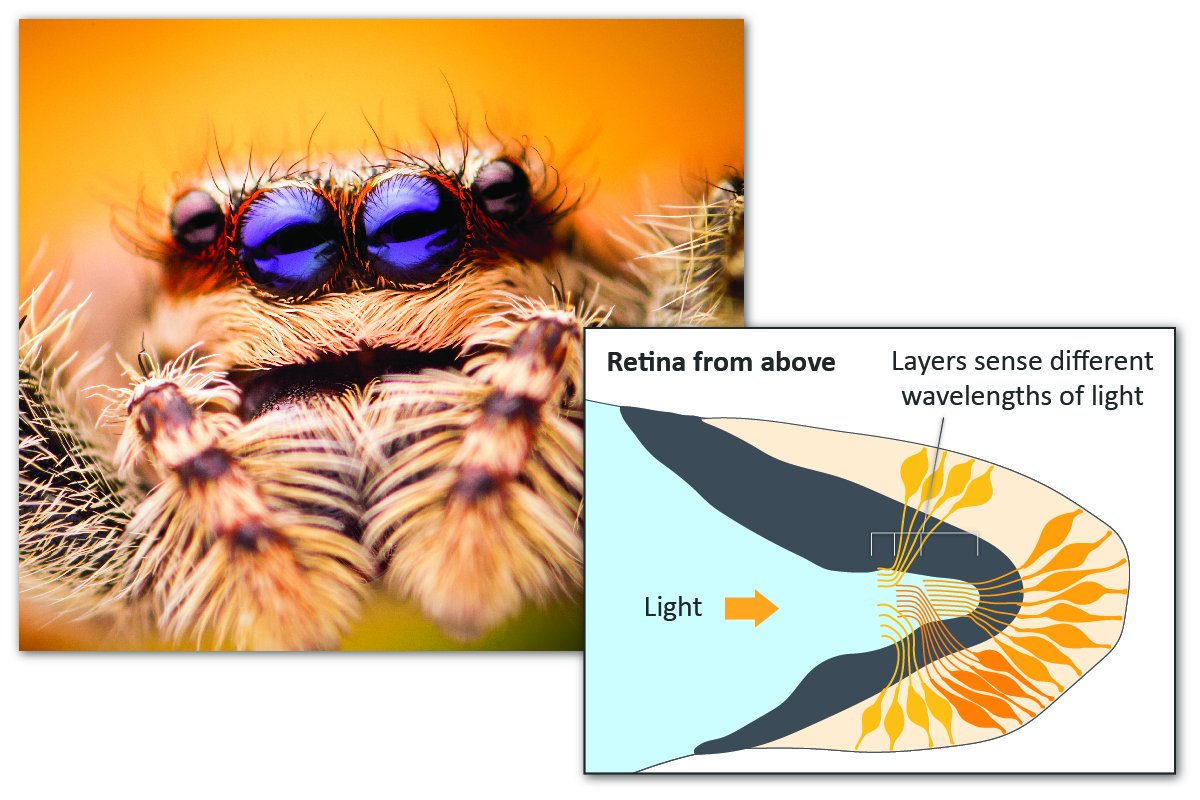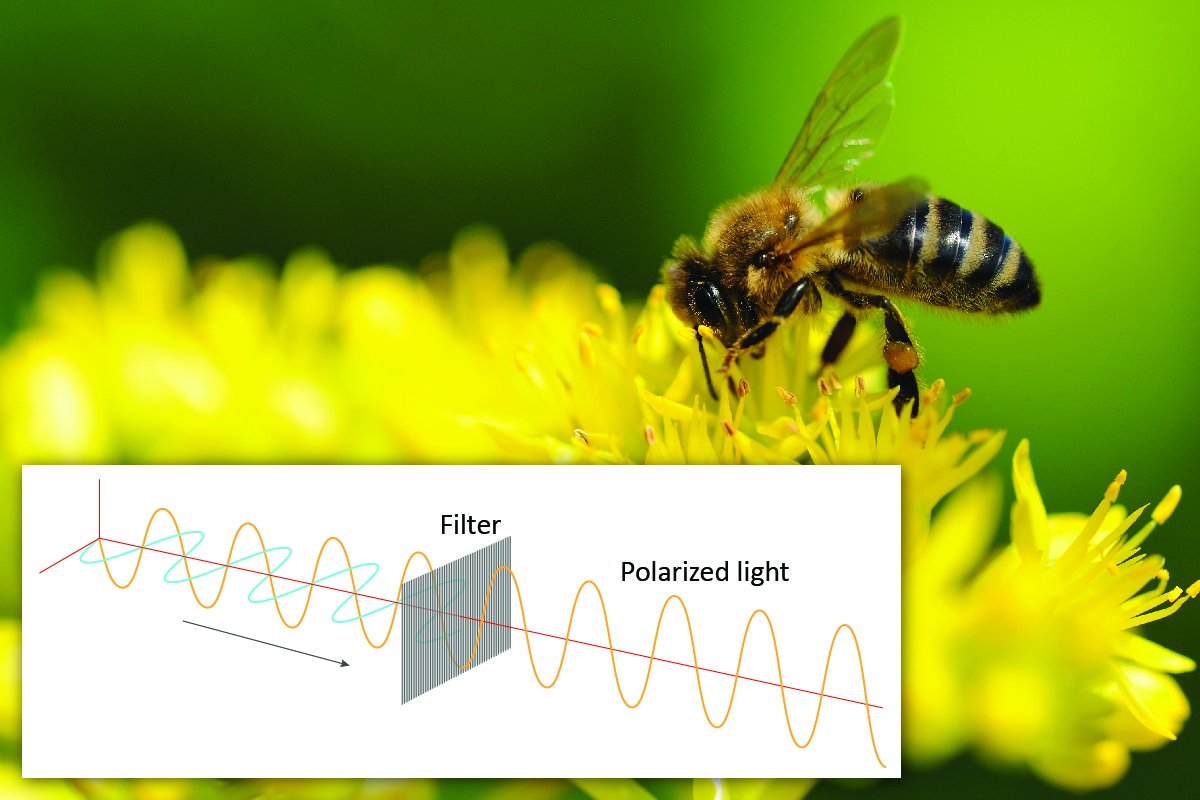What is Light?
Visible light—the light we can see—is a tiny part of the electromagnetic spectrum. A common measure of electromagnetic radiation is wavelength: the distance between waves. At one end of the spectrum are very long waves; radio waves can be up to 100,000 meters long. At the opposite end are very short waves; gamma rays are less than 10 picometers (10-12 or 0.000000000001 meter) long.
No matter the wavelength, electromagnetic radiation travels at a constant velocity—what we call the speed of light. Shorter waves carry more energy, so they pack more punch. That's why radio waves and microwaves are harmless, ultraviolet rays can give us a sunburn, and gamma rays can kill us dead.
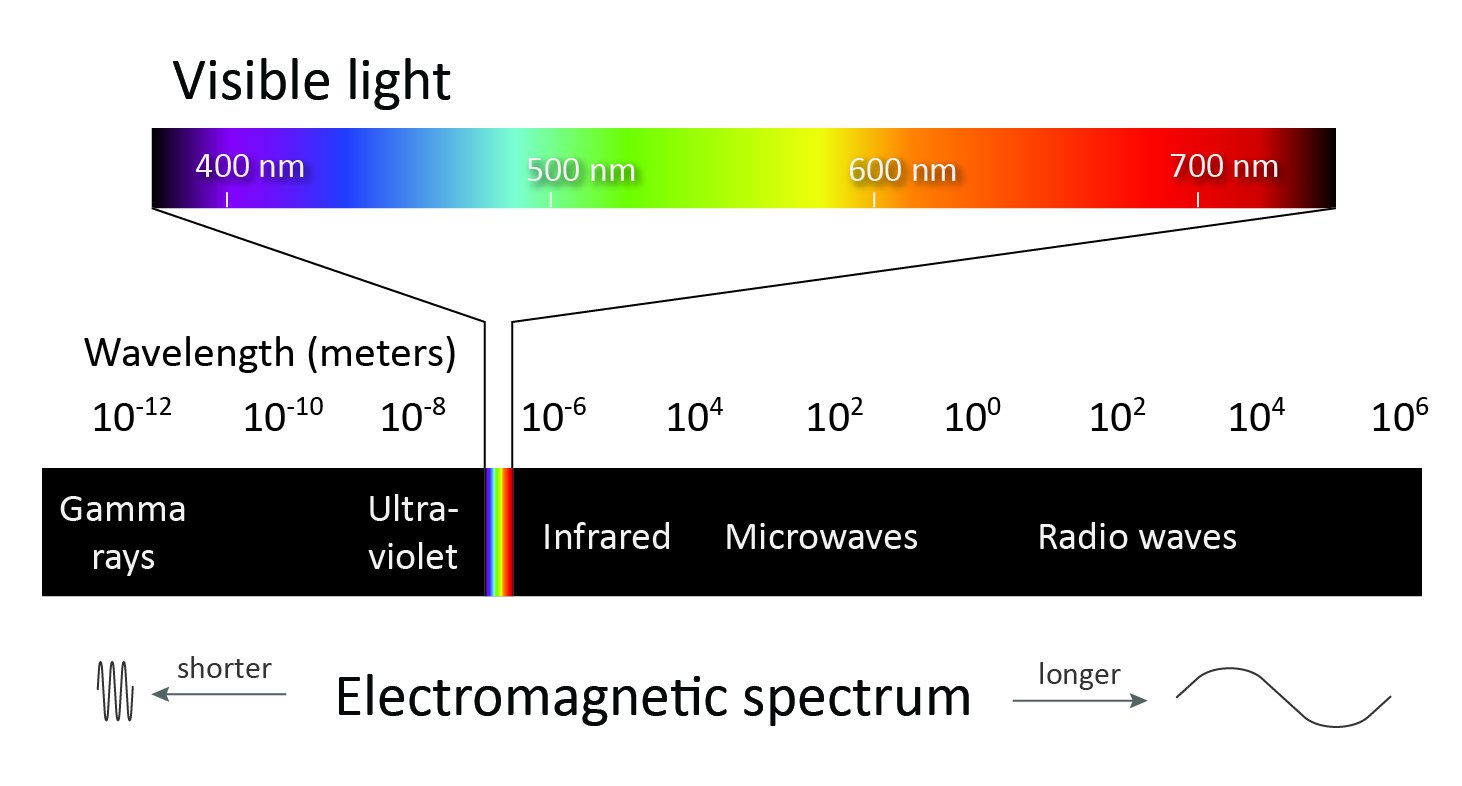
Visible light ranges from about 390 to 770 nanometers (1 nanometer is 10-9 or 0.000000001 meters). Other wavelengths are invisible to us.

